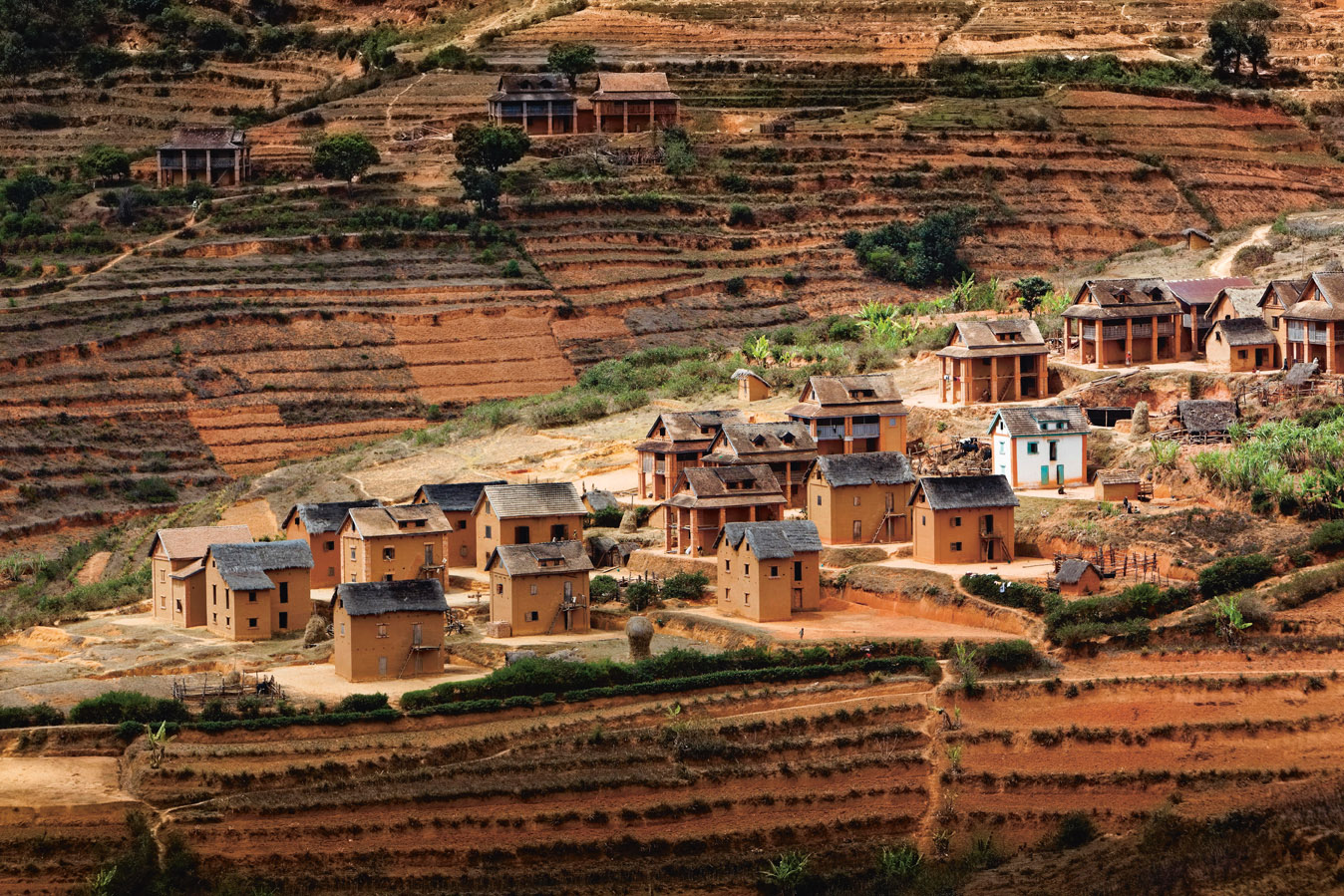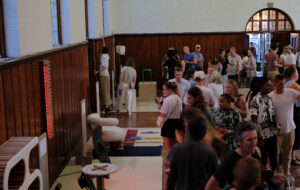How can we live in a changing environment? A new book, Vernacular Architecture for a Changing Climate, by Dr Sandra Piesik shows how people and cultures worldwide are already creating buildings for a sustainable future
 Photography by Fernando Guerra featuring Technology School of Guelmim, Morocco
Photography by Fernando Guerra featuring Technology School of Guelmim, Morocco
Words by Sonia Zhuravlyova
There is little doubt that climate change is one of the biggest challenges facing our planet – and it affects everything from where we live to how we build. So, Habitat: Vernacular Architecture for a Changing Climate feels like a timely tome. First published in 2017, the latest edition is more compact but packs the same punch.
With more than 1,000 illustrations and intriguingly organised by the five major climate zones – polar, temperate, tropical, desert and continental – and featuring more than 80 countries worldwide, the book is an atlas of how people and cultures have adapted to their environment to make the best use of local materials, such as Syria’s villages of earthen domes all the way to the turf architecture of Iceland. It also stresses the importance of preserving disappearing craftsmanship and local knowledge and argues that a sustainable future must take into account traditional wisdoms.
The compendium is beautifully and thoughtfully edited by Dr Sandra Piesik, an award-winning architect, author and scientist with an interest in everything from art and design to the implementation of nature-based solutions, technology transfer and contemporary adaptation of traditional knowledge.
 Photography by Bernd Bieder/imageBROKER/Superstock featuring village houses set in the landscape of Madagascar’s central highlands represent the regions’ more humble built expression
Photography by Bernd Bieder/imageBROKER/Superstock featuring village houses set in the landscape of Madagascar’s central highlands represent the regions’ more humble built expression
The essays in the book draw out some of the pertinent questions that we need to be asking when considering how to live in our changing environment, from how to house the growing global population to how technology and our finite natural resources can help us to do so. ‘We have to work with the land, and with local people. And unless we recognise the original characteristics of a place where we build, then we will never combat climate change itself,’ says Piesik.
The book offers future generations of architects, engineers and designers some interesting vernacular solutions. ‘When it comes to floods, in south-east Asia people build homes on stilts. In Colombia, indigenous people build houses from timber and mud or stone that can move in order to withstand earthquakes,’ explains Piesik, who speaks with passion about the wisdom to be found among the tried-and-tested building methods created by our ancestors.
Although much work remains to be done in order to set the world on the path to sustainability, whether through local policy or international accords, Piesik remains hopeful about humankind’s resilience and ability to come together. ‘I’m hopeful that with human intelligence and ingenuity, as the book demonstrates, we’ll be able to find new ways of engaging with the environment and our built history to co-create a very new tomorrow,’ she says. ‘What is needed is stylistic adaptation. Not a repetition of the past, but an evolution. How are we going to evolve for a better future?’
Habitat: Vernacular Architecture for a Changing Climate is edited by Dr Sandra Piesik and published by Thames & Hudson (thamesandhudson.com)
Get a curated collection of design and architecture news in your inbox by signing up to our ICON Weekly newsletter















